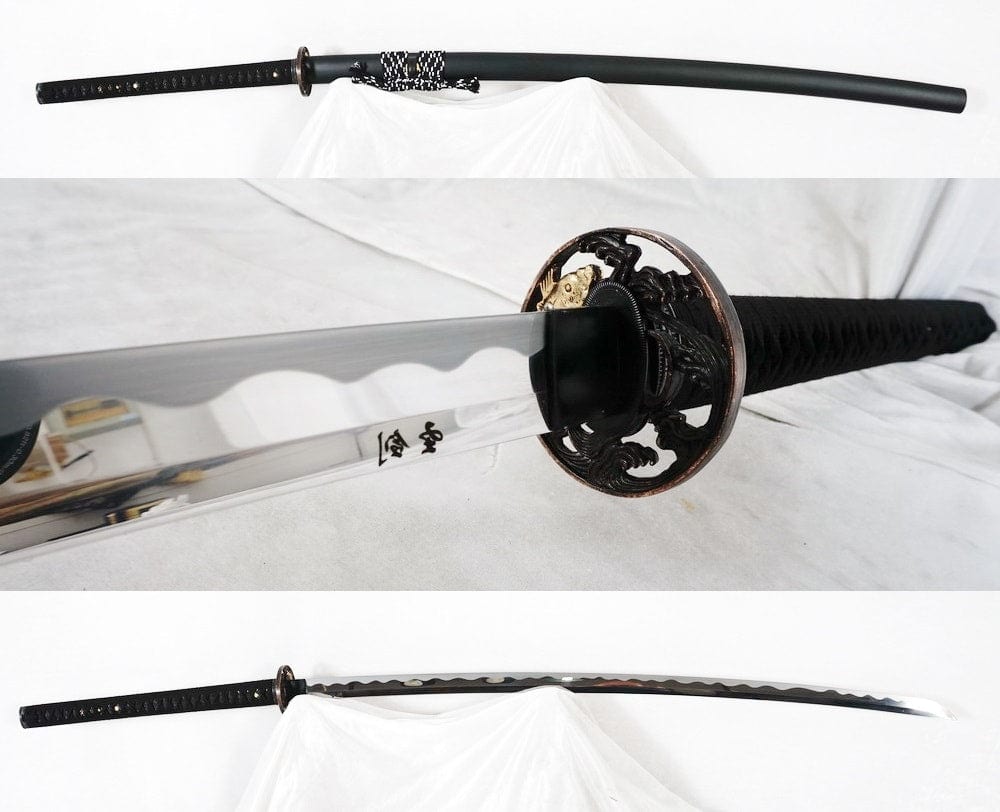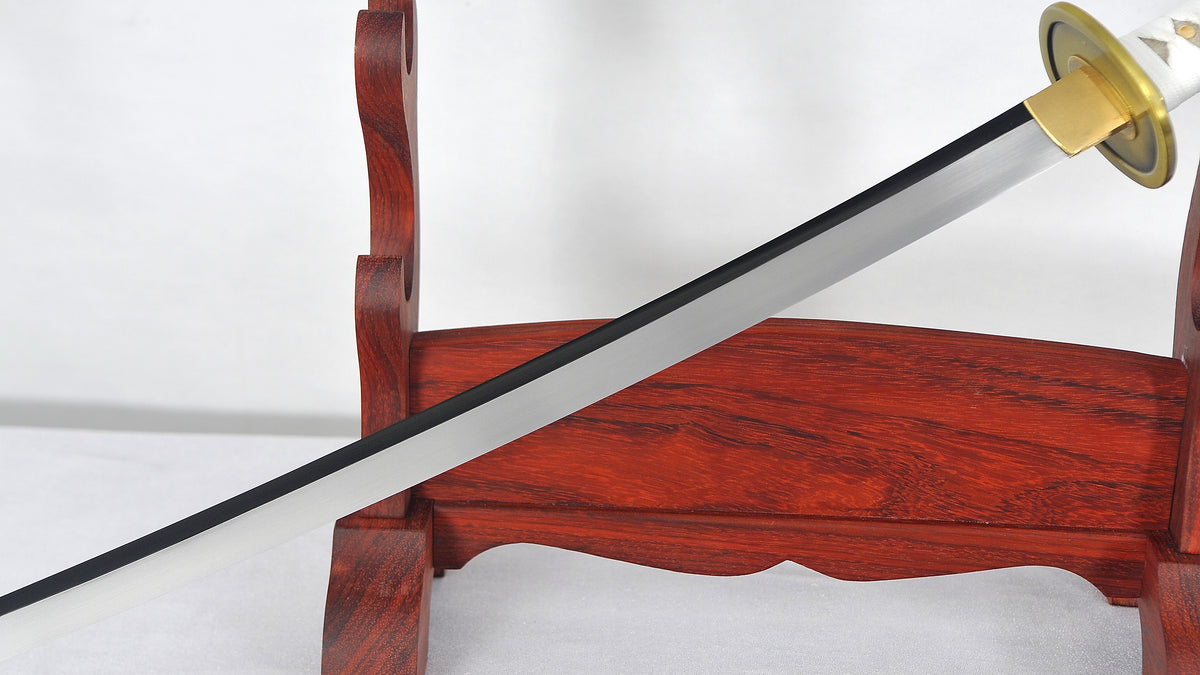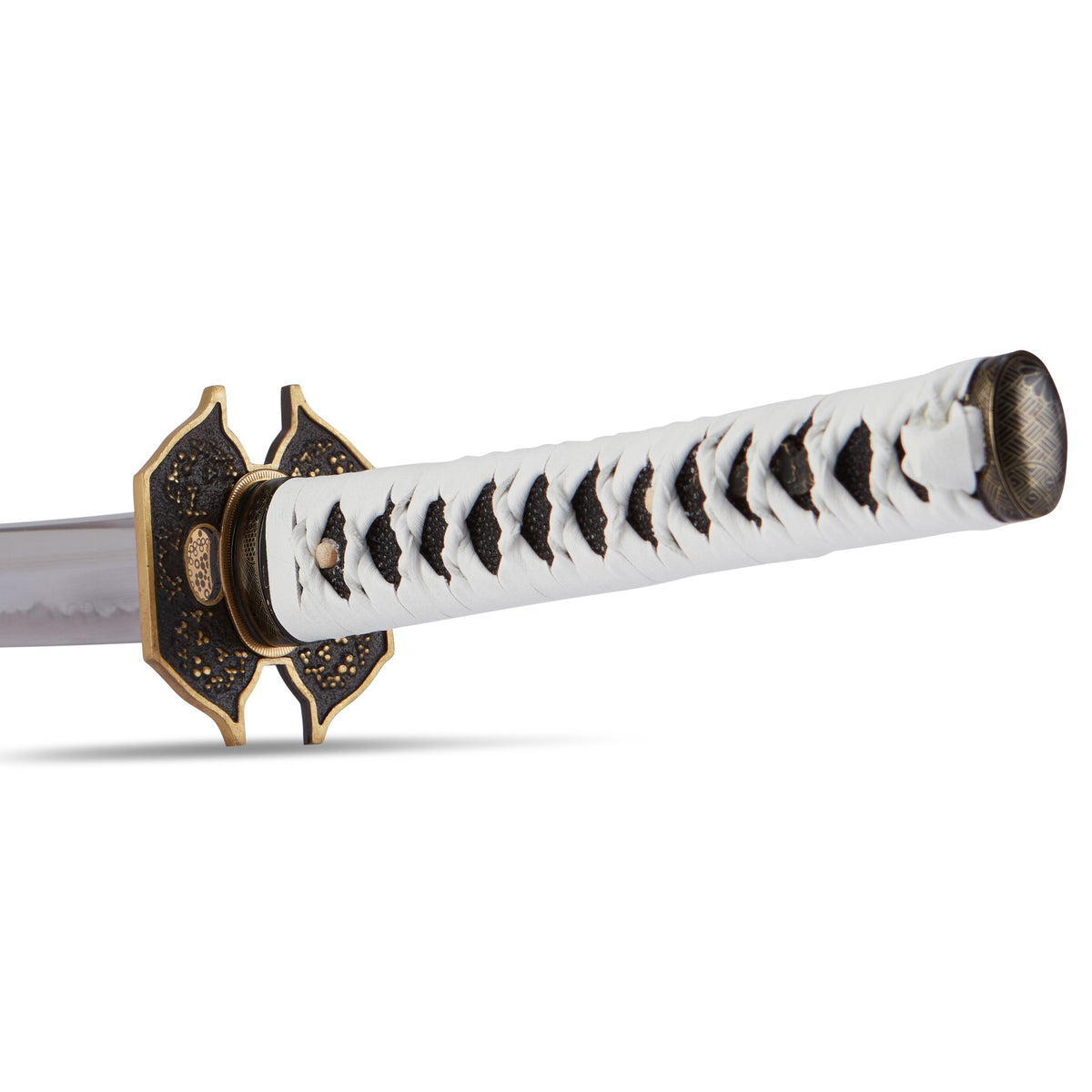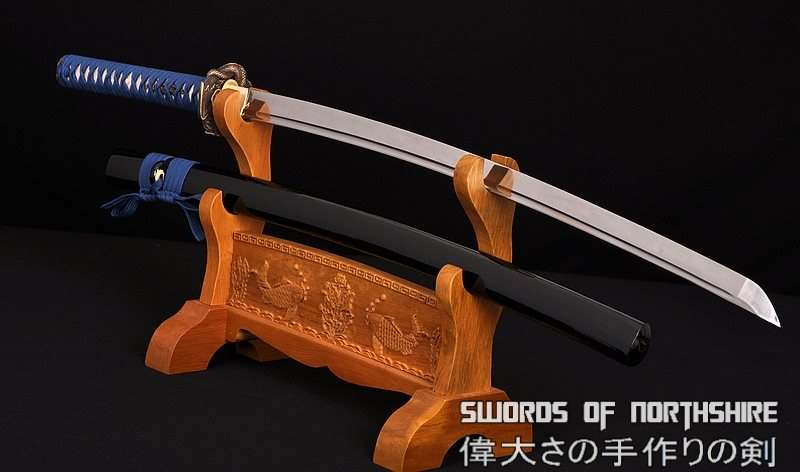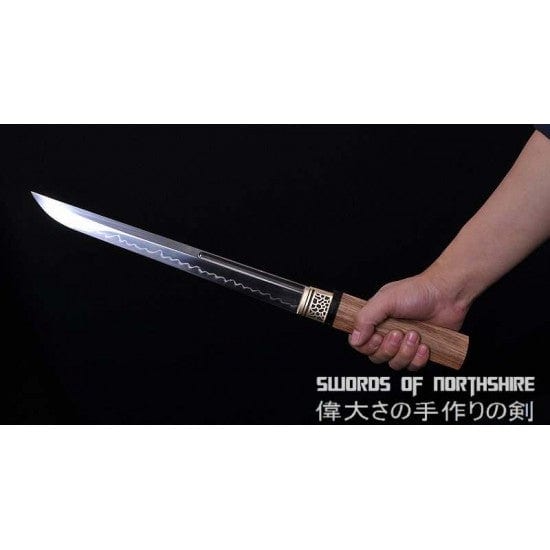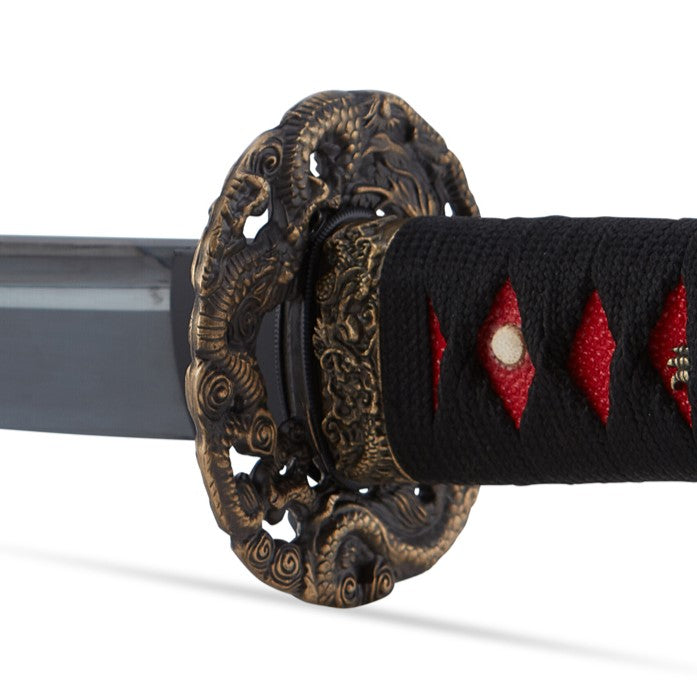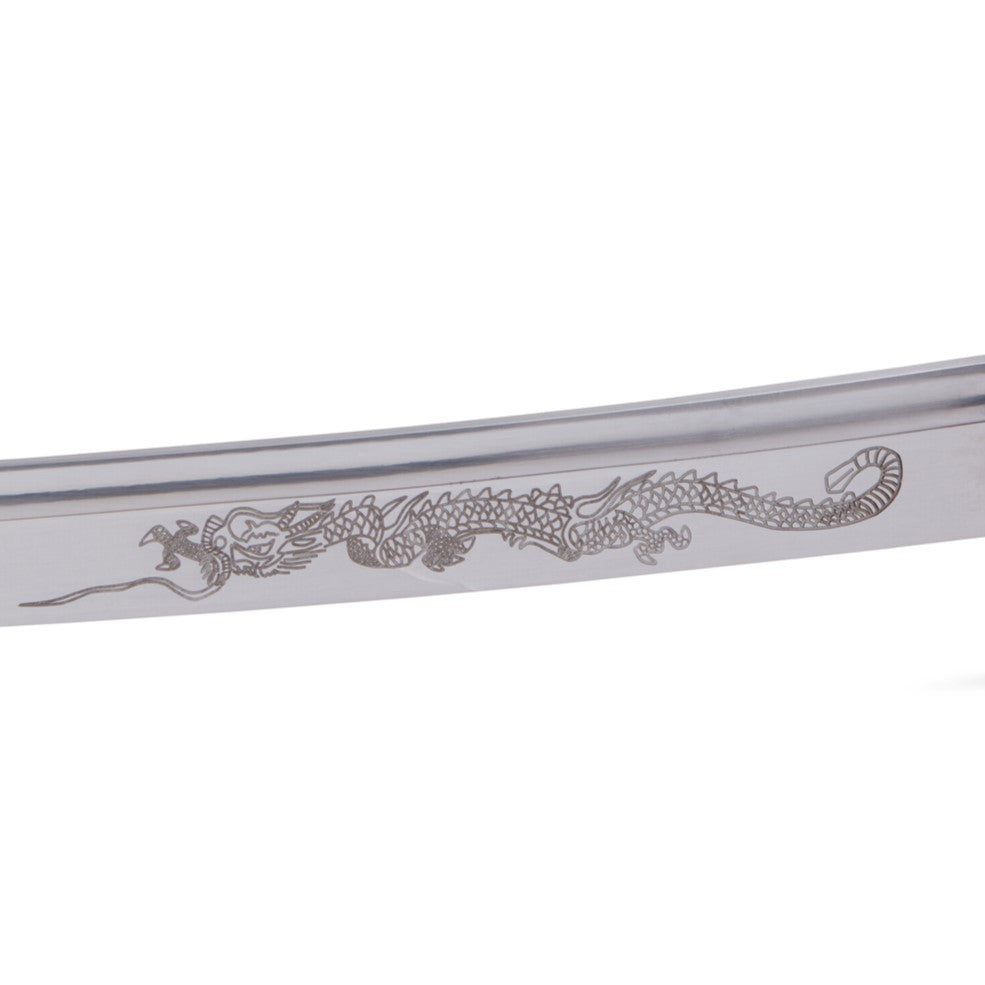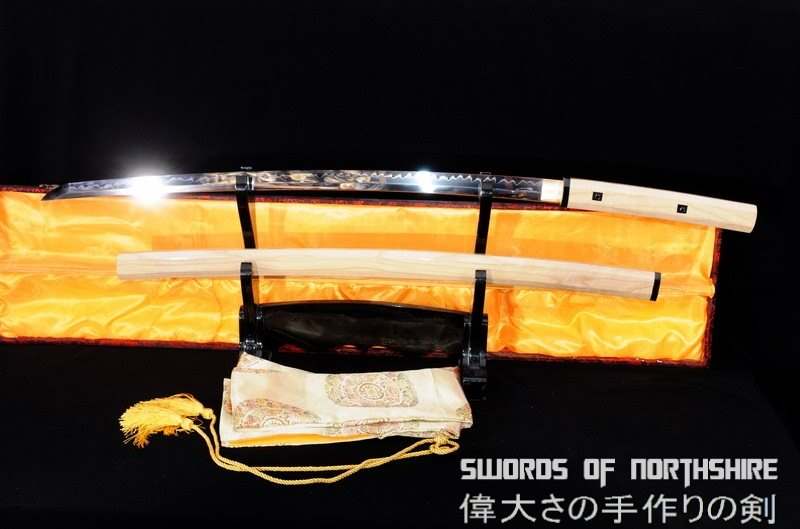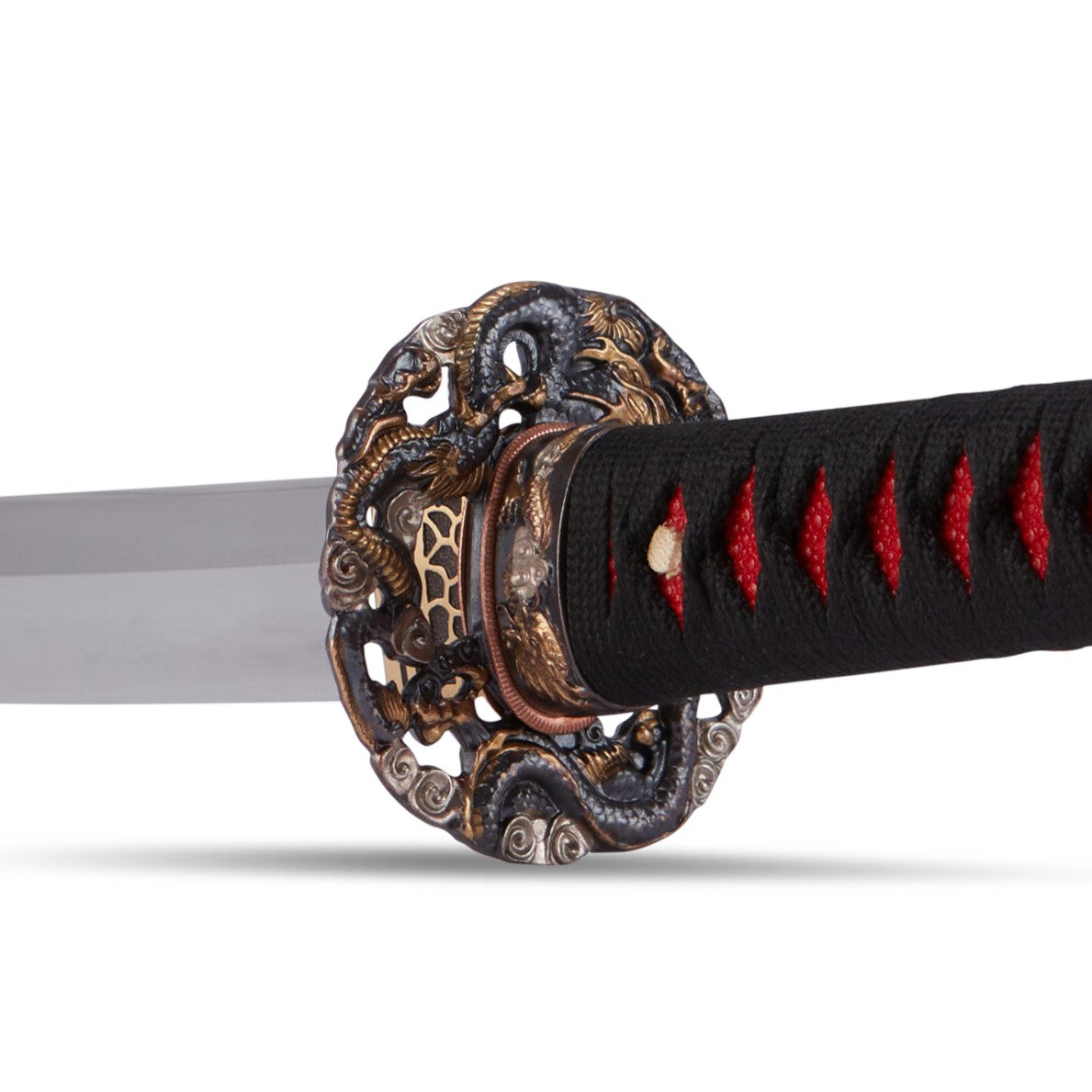Anatomy of a Sword Wound
Anatomy of a Sword Wound

Learn About The Damage of a Sword Injury
Before there was any type of anesthetic or sanitation technology, wounds were a major hurdle for anyone — often resulting in amputation, or gangrene, and then death. Challenging to treat and nearly impossible to survive, wounds from weapons could be incredibly deadly in any place other than the extremities, and even then, there were no guarantees. If you’re curious about the anatomy of a sword wound, check out this breakdown from Swords of Northshire.
Types of Wounds
Your weapon type and martial skill usually dictated the type of sword wound your enemy would receive from you. For the most part, stabbing weapons included rapiers, daggers, and any other object that required a thrusting motion. Weapons that resulted in slashes and cuts generally included katana, axes, and scimitars. There were many weapons versatile enough to do both, like longswords, falchions, and odachi.
Stab Wounds
A stab sword wound is caused by the thrusting action of the weapon that has an injury depth that’s deeper than its cut length. Many times, specialists can determine the size, shape, and type of weapon depending on the anatomy of the penetration and entry. The edges of a stab wound are called the margins and the end of the stab is called the wound’s angles. You measure the length of a stab injury from one angle to the other. Examiners today can tell the type of edge, the force of impact, and sometimes the type of metal the weapon was made of.
Cut Wounds
A cut sword injury is caused by a slicing motion with the edged part of the weapon. A cut can be deep enough to sever muscles and tendons, but the length of a sword cut must be longer than the depth. Like with stab wounds, the edges of the cut wound (also called a laceration) are called margins.
Surviving Sword Wounds
As we mentioned before, without sanitation or healing techniques in the way of modern medicine, many sword wounds meant death. However, chances of recovery were better if the wound was to an extremity or avoided any major arteries and organs. Usually, cut wounds were much easier to heal than stab wounds, especially once artery ligatures (cutting off blood flow to the wound) became popular. Once a cut was sewn up or cauterized, all the injured person needed to do was keep it clean — a difficult challenge during the best of times. In the past, it wasn’t the wound itself that did you in, it was the gangrene that killed you.
At Swords of Northshire, we’re weapons enthusiasts of the highest order, but we want you to be safe with anything you purchase from us. Every sword and knife we sell is an authentic, battle-ready weapon that can cause serious damage. Take extreme safety measures when practicing in the dojo and demonstrating for friends and family!
Best Sellers
- Regular Price
- from $199.99
- Sale Price
- from $199.99
- Regular Price
-
- Unit Price
- per
- Regular Price
- from $299.99
- Sale Price
- from $299.99
- Regular Price
-
$0.00
- Unit Price
- per
- Regular Price
- from $619.99
- Sale Price
- from $619.99
- Regular Price
-
- Unit Price
- per
- Regular Price
- from $179.99
- Sale Price
- from $179.99
- Regular Price
-
- Unit Price
- per
- Regular Price
- from $319.99
- Sale Price
- from $319.99
- Regular Price
-
- Unit Price
- per
- Regular Price
- from $339.99
- Sale Price
- from $339.99
- Regular Price
-
- Unit Price
- per
- Regular Price
- from $219.99
- Sale Price
- from $219.99
- Regular Price
-
- Unit Price
- per
- Regular Price
- from $199.99
- Sale Price
- from $199.99
- Regular Price
-
- Unit Price
- per
- Regular Price
- from $364.99
- Sale Price
- from $364.99
- Regular Price
-
- Unit Price
- per
- Regular Price
- from $479.99
- Sale Price
- from $479.99
- Regular Price
-
$0.00
- Unit Price
- per

